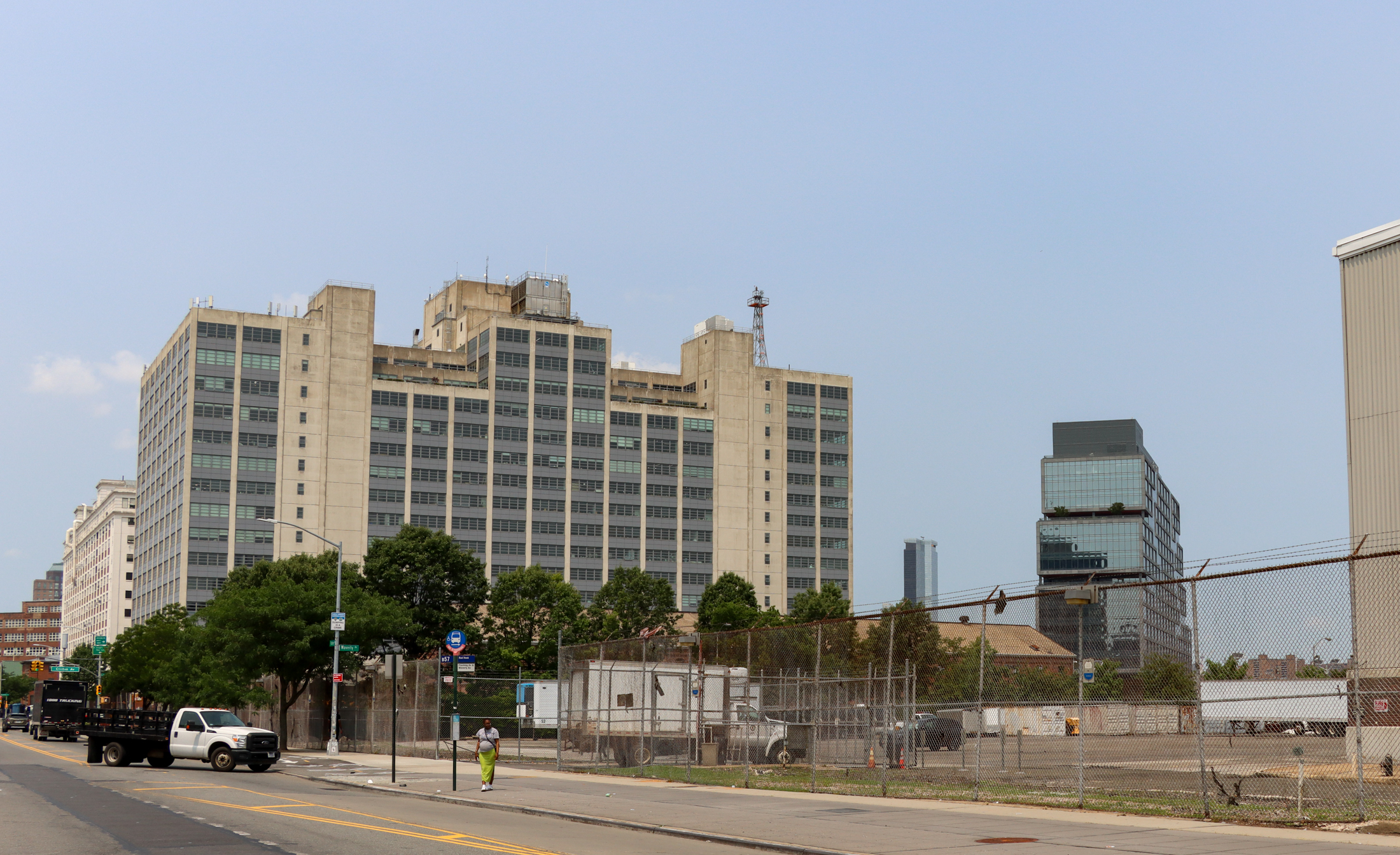BAM Buys 321 Ashland for $7 Mil From Two Trees
The news of LPC’s sign-off on a new performing arts building for BAM at 321 Ashland Place last week coincided with the property changing hands: Two Trees sold the building to BAM for $7 million in a deal that was recorded last Thursday in public records. According to a spokesperson for BAM, after the addition…


The news of LPC’s sign-off on a new performing arts building for BAM at 321 Ashland Place last week coincided with the property changing hands: Two Trees sold the building to BAM for $7 million in a deal that was recorded last Thursday in public records. According to a spokesperson for BAM, after the addition to the building is complete in 2012, it will be handed over to the city, which owns all the real estate that houses the academy. The city is helping to pay for the new performing arts center’s construction.
LPC Signs Off on New BAM Performing Arts Building [Brownstoner] GMAP
Photo from Property Shark.





Some times all the facts are researchable online, other times not. I have no facts about the finances, but I question whether Two Trees made $2M on this deal. Is that really how a board member would treat an organization it serves? And, if BAM paid what Two Trees reportedly paid, $5M, then a $4.5M mortgage would be ten percent cash. I know a lot of people are down on the company because of the Dock Street project, but the puzzle pieces aren’t fitting together here for me.
Two Trees bought it for $5 million in 2004. So $7 million now seems pretty reasonable.
Oddly, BAM has bought the property for $7 million, but has a $4,500,000 mortgage from someone called “1031 Highland Associates LLC”.
I’m a little disgusted there had to be a middle man (or rather, two middle trees) “flipping” the property as someone mentions above. Wouldn’t it have been much nicer if BAM could have simply bought it from the Salvation Army directly…essentially, the profit taken by Two Trees will devolve on the taxpayers with the City paying for a percentage of the new project. Basically, it’s a bit like another developer handout of sorts. No?
Nope, mope’. The plan all along was for Two Trees to buy this property and then flip it to BAM when the theater was ready. Kinda like when the Trust for Public Land buys land and holds it until the government makes an appropriation for acquisition.
I guess Two Trees is desperate for cash so they can inflict upon Dumbo that nasty monster of an eye sore they have planned next to the bridge.
I agree Sam. This is really great news.
This is a sweet old facade. I predict the new theater is going to be just great. Nice to think about a little good news.
What did Two Trees buy it for & when???